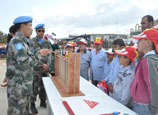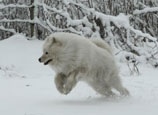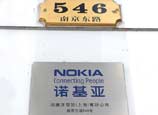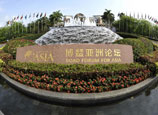
The magnet passed a strict examination by the U.S. National Aeronautics and Space Administration to become the first colossal magnet sent into space, Chen added.
Meanwhile, the electromagnetic calorimeter of the prober was co-designed by Chinese, Italian and French scientists, which accurately measured the amount of energy carried by electrons and positrons.
Data analysis created by Chinese scientists also played an important role in the AMS experiment, including charge measurement, particle identification and energy measurement, Chen said.
"More data is needed to confirm the existence of dark matter," Chen said. "Chinese researchers will keep working with the AMS team to continue the research which is of great significance to physics."
Dark matter is one of the most important mysteries of physics. Accounting for over a quarter of the universe's mass-energy balance, it can be observed indirectly through its interaction with visible matter but has not yet been directly detected.
On Wednesday, Nobel Laureate Samuel Ting, head of the AMS team, announced the first results in the search for dark matter and reported an excess of positrons in the cosmic ray flux.
On May 16, 2011, the shuttle Endeavor launched the AMS-2 on the International Space Station, in search for dark matter particles in space.
According to Ting, the AMS-2 started to send data back to earth on May 19. The first results of AMS were based on data collected from May 2011 to Dec. 2012.

















 Snails that are as fat as geese
Snails that are as fat as geese


![]()
